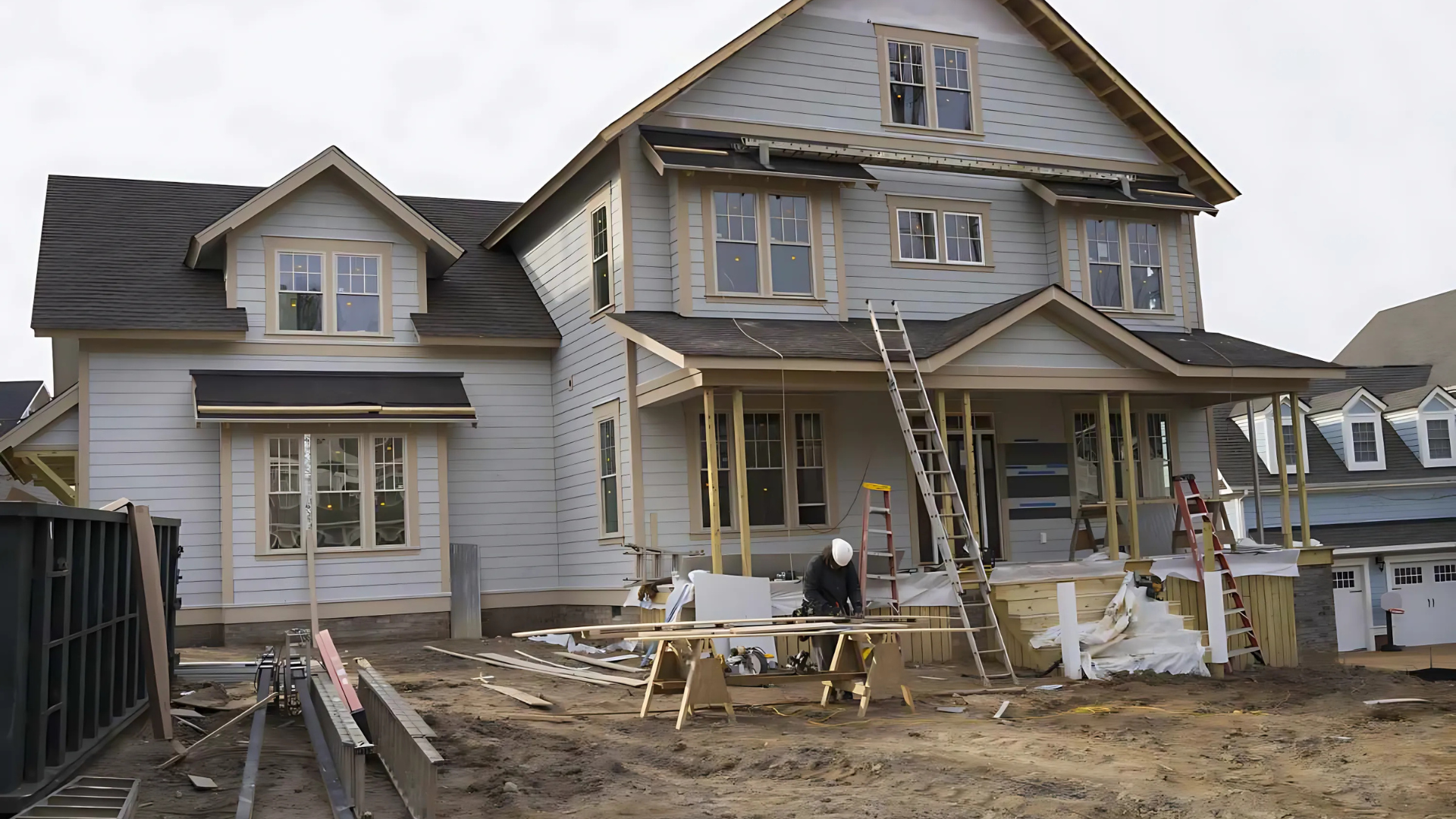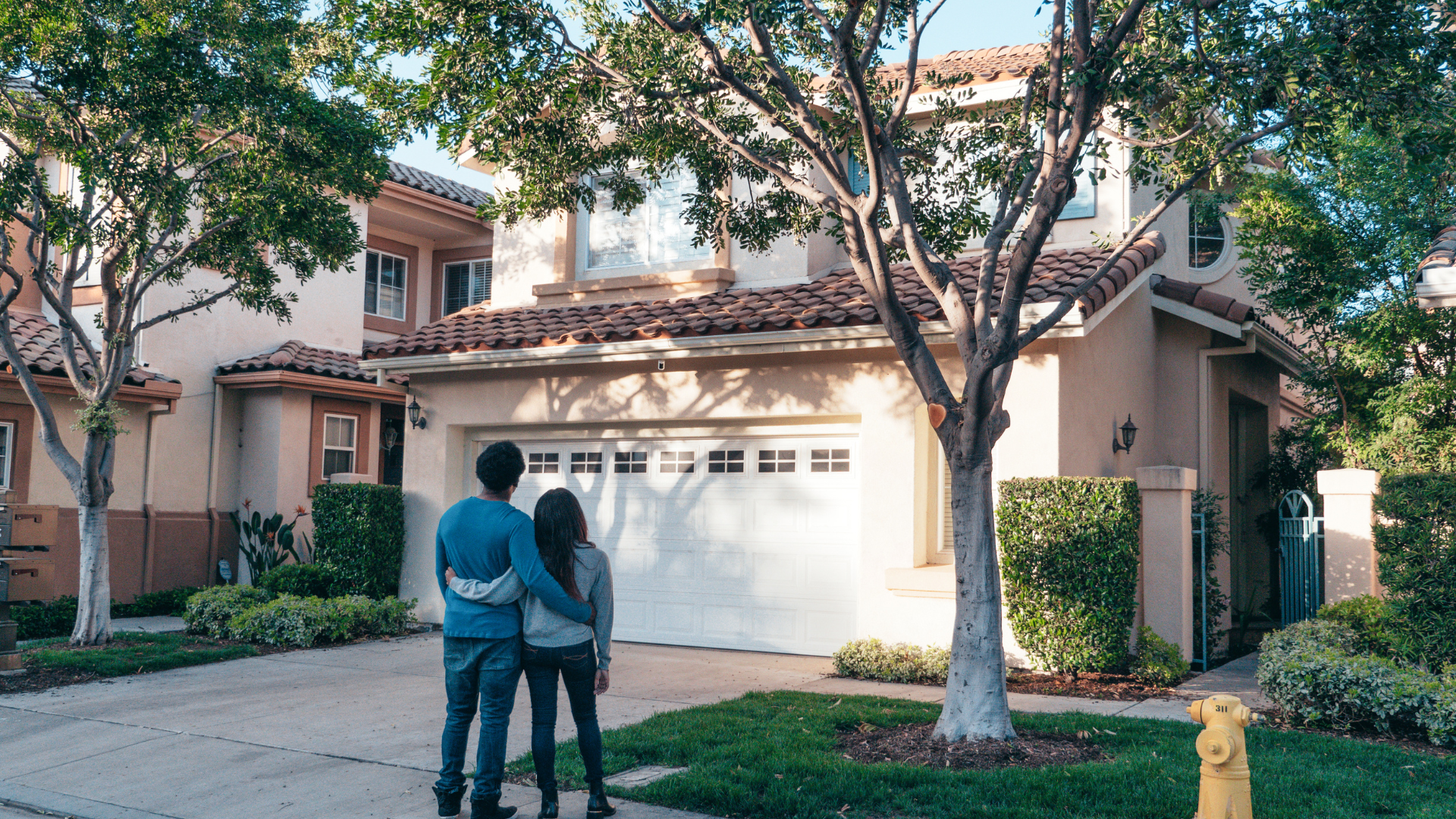Remodeling a home is one of those projects that feels exciting at first but quickly raises big questions about cost.
Every choice, from the size of the upgrade to the finishes you select, shapes the final price in surprising ways.
What might seem like a simple update can easily expand into a major investment, leaving many homeowners wondering how much they really need to budget.
Today, I’ll share what actually drives a home remodel cost, break down typical ranges, and give you practical ways to plan smarter.
Factors Affecting Remodelling Cost
The cost of a home remodel depends on several key factors. Knowing what drives the price can help you plan more effectively.
- Project scope: Cosmetic work, like paint or flooring, costs far less than structural changes, such as moving walls or altering layouts.
- Materials and finishes: Prices vary by quality. Budget-friendly options include laminate or vinyl, while granite counters, hardwood floors, or custom cabinetry add thousands.
- Labor and location: Costs differ across regions and specialized trades, like electricians, plumbers, or tile installers, charge the highest fees.
- Home age and condition: Older homes may need permits and often hide issues like outdated wiring, mold, or asbestos.
Keeping these factors in mind gives you a clearer picture of where your remodeling budget will go.
Average Home Remodel Costs
The typical home remodel cost varies by size, scope, and quality of work. Some projects are priced per square foot, while others are based on the total area and finishes.
| Aspect | USA Home Remodel Cost | Notes |
|---|---|---|
| Cost per square foot | $100 – $200 (whole house average) | Higher for luxury projects, lower for basic updates |
| Small home (~1,000 sq ft) | $15,000 – $50,000 | Covers modest to higher-end remodels |
| Mid-sized home (~2,000 sq ft) | $50,000 – $120,000 | Typical range for moderate to major projects |
| Large home (~3,000 sq ft+) | $150,000+ | Costs rise with size, upgrades, and luxury finishes |
| Remodeling scope | Cosmetic $15/sq ft to luxury $300/sq ft | Kitchens and bathrooms are the most common high-cost remodel areas |
| Labor and location impact | High labor costs in large U.S. cities | Location strongly affects the final remodel cost |
These ranges show how widely a home remodel cost can vary. Knowing the averages helps you set a budget that matches your project size, scope, and location.
Remodel Cost by Project Scope
The scope of work is one of the clearest ways to predict your home remodel cost. Small projects usually stay in a lower range, while full overhauls move the budget much higher.
1. Minor Remodel ($15k-$45k)
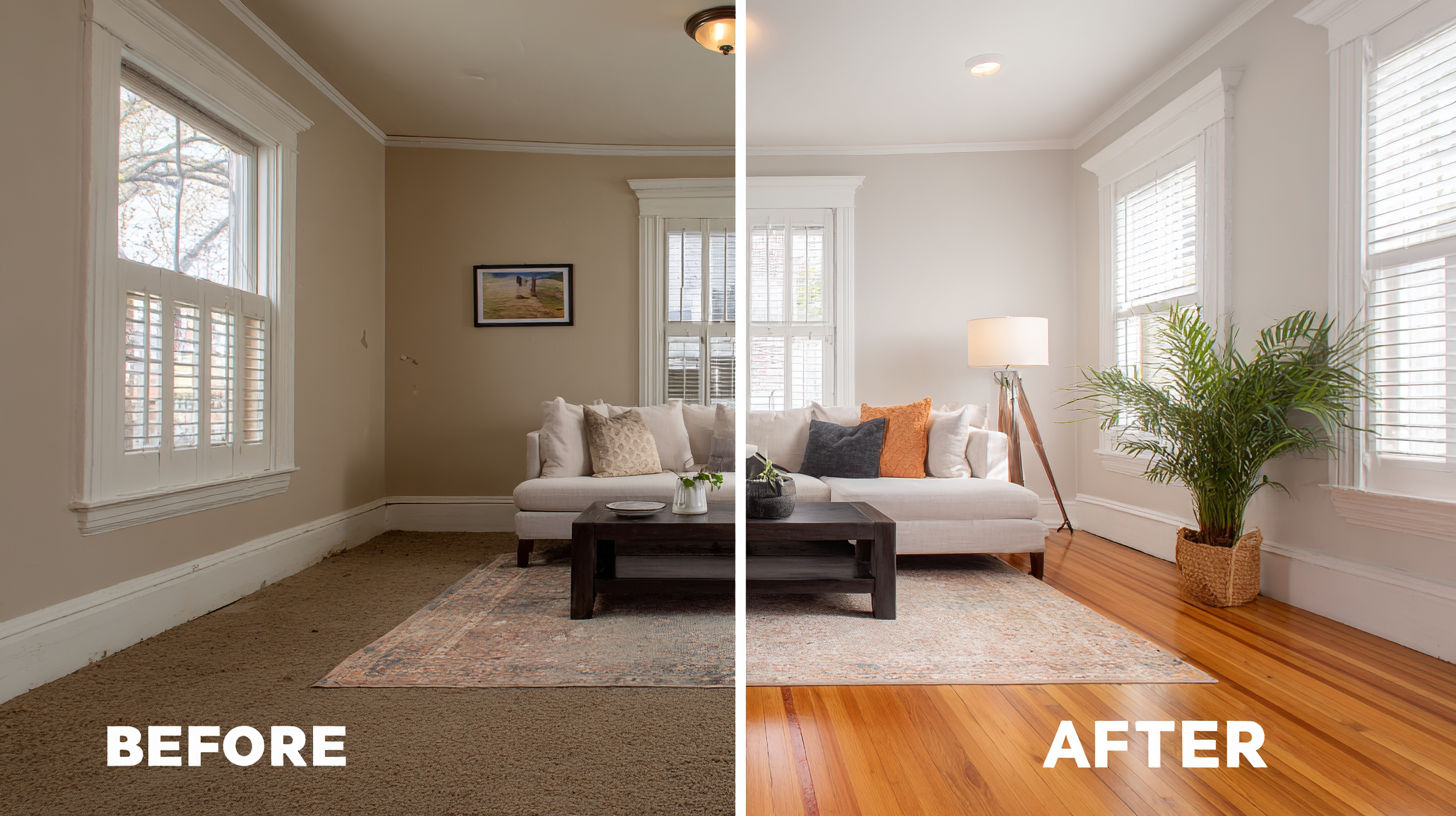
A minor remodel focuses on surface updates and cosmetic changes. These projects often include painting walls, replacing flooring, swapping light fixtures, or making small repairs.
This level of work is best if your home is in good condition and you only want a refreshed look. It keeps your home remodel cost affordable while still improving style and function.
2. Moderate Remodel ($46k-$70k)
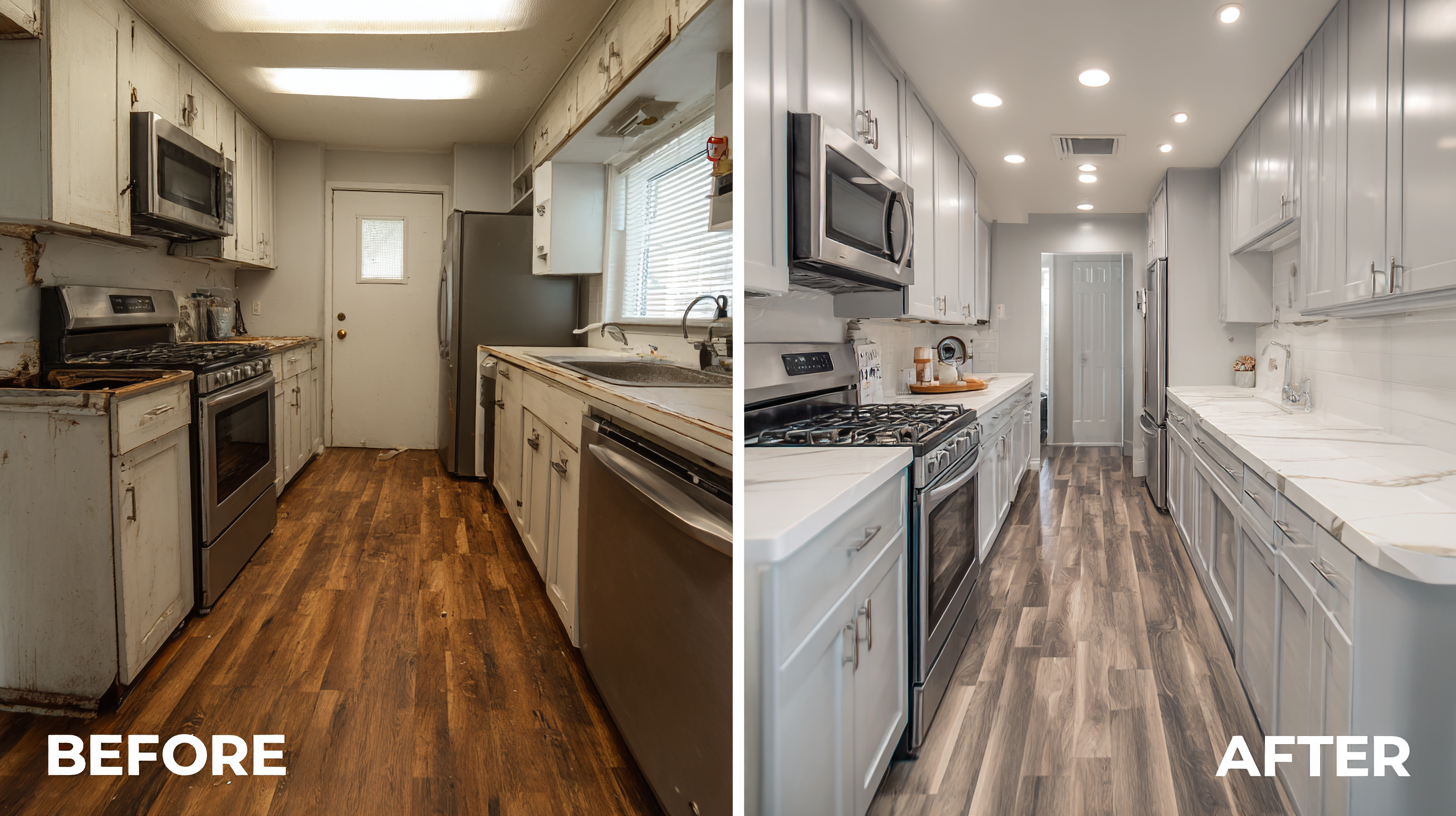
A moderate remodel goes deeper than cosmetic updates. Common upgrades include new kitchen appliances, mid-range cabinets, bathroom vanities, and updated flooring.
This type of project works well if you want noticeable improvements without spending on luxury finishes. Your home remodel cost stays balanced while adding comfort and value.
3. Major or Gut Remodel ($71k-$180k+)
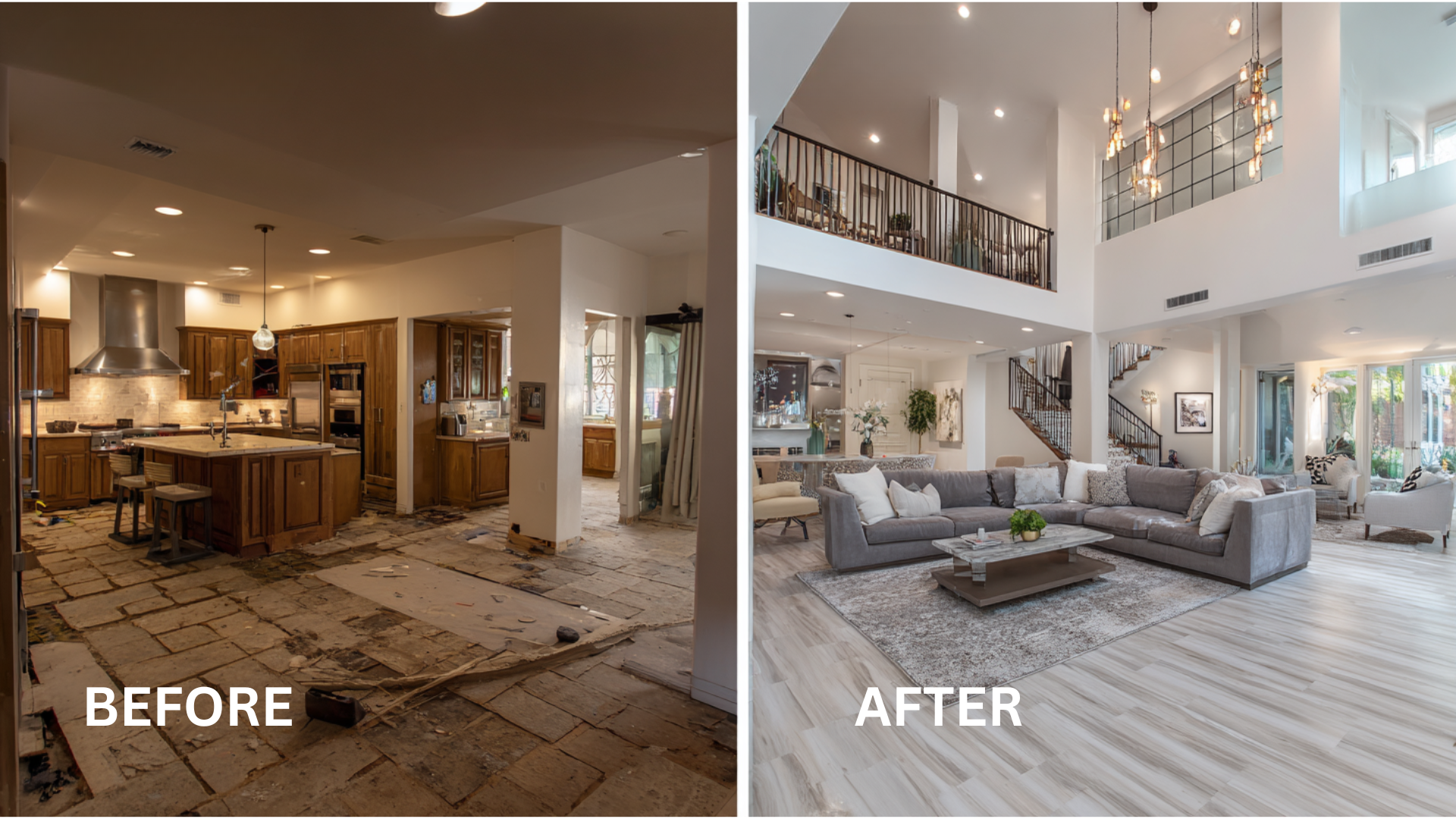
A major remodel is a full-home upgrade that often involves tearing out existing rooms and starting over. It can include moving walls, changing layouts, updating plumbing and electrical, and using high-end finishes.
This level of remodel brings the highest transformation and the highest price. Your home remodel cost can easily exceed $180,000 when luxury materials and structural changes are part of the plan.
Remodelling Costs by Room
Each room in a home comes with its own needs, which means the home remodel cost will vary. Design choices, finishes, and features all play a big role in the final price.
1. Kitchen Remodel Cost
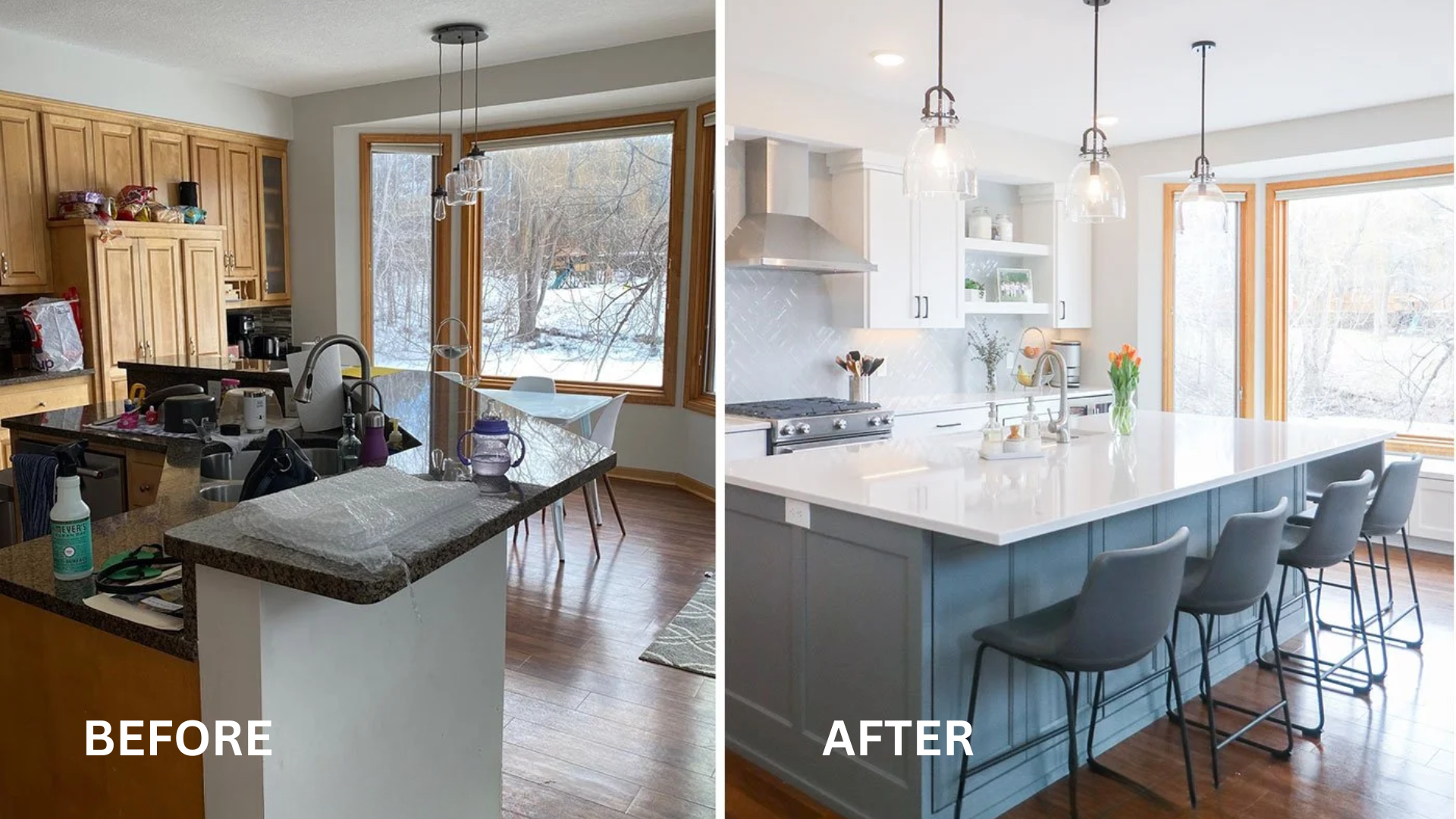
The kitchen is often the most expensive room to update because it includes appliances, plumbing, and cabinetry. A mid-range remodel usually starts around $15,000 and covers new counters, cabinets, and fixtures.
Luxury kitchens can climb past $60,000 when high-end appliances, custom cabinetry, and premium surfaces are added. The home remodel cost here is worth it for many homeowners because kitchens bring strong resale value.
2. Bathroom Remodel Cost

Bathrooms can be smaller than kitchens, but they still require plumbing, tile, and fixtures. A basic bathroom remodel averages $7,000 to $15,000 and includes essentials like flooring, vanities, and shower updates.
High-end bathrooms can easily reach $50,000 or more, especially if you want custom tile, walk-in showers, or luxury tubs. This type of home remodel cost depends heavily on the finishes you select.
3. Bedroom & Living Room Remodel Cost
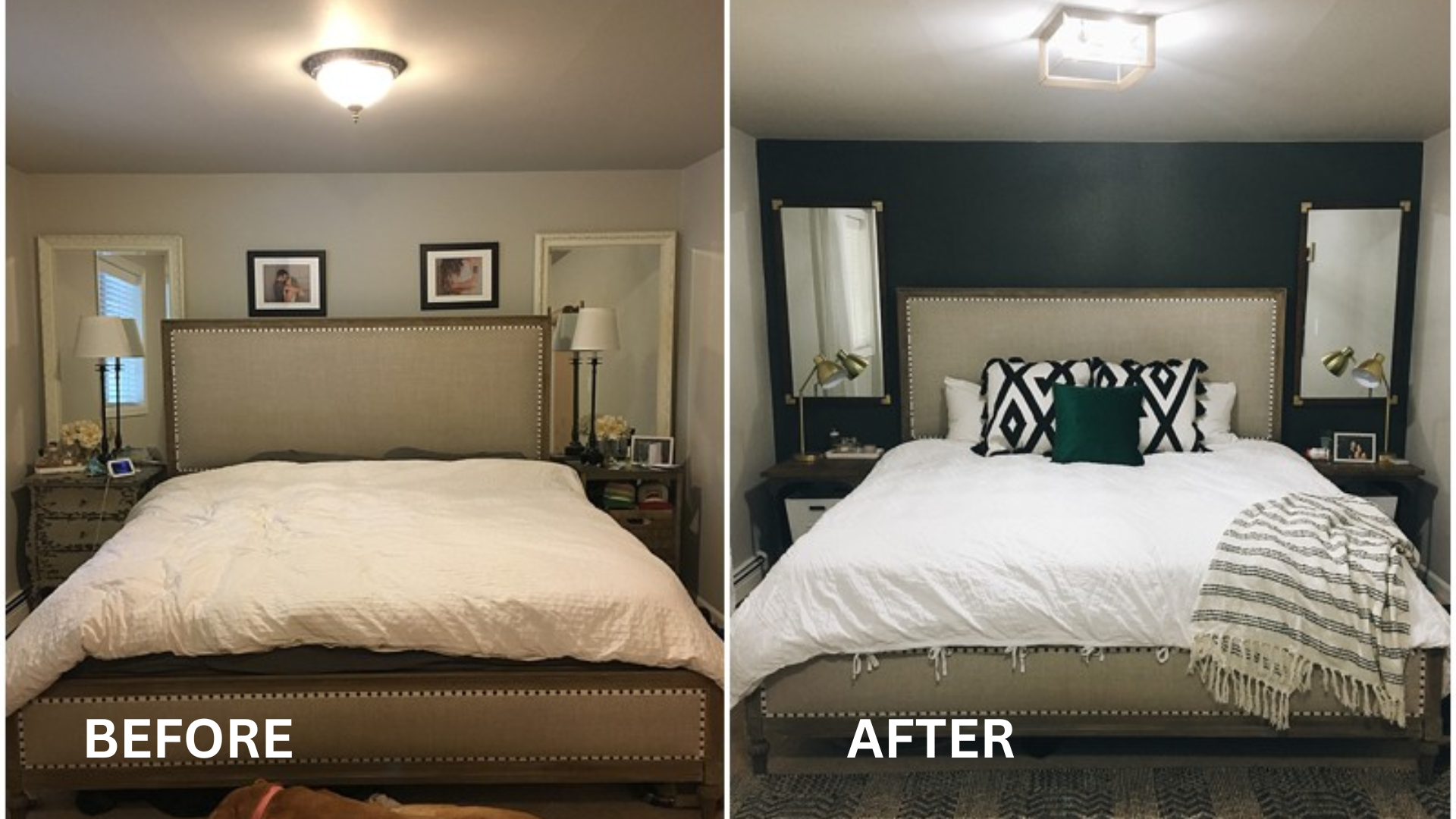
These spaces are often simpler to remodel since they usually involve cosmetic changes. Most projects range from $5,000 to $20,000, depending on upgrades like flooring, built-ins, or new lighting.
Because they don’t require plumbing or specialized work, the home remodel cost for bedrooms and living rooms is usually lower than that of kitchens and bathrooms.
4. Exterior Projects (Roof, Siding, Additions)
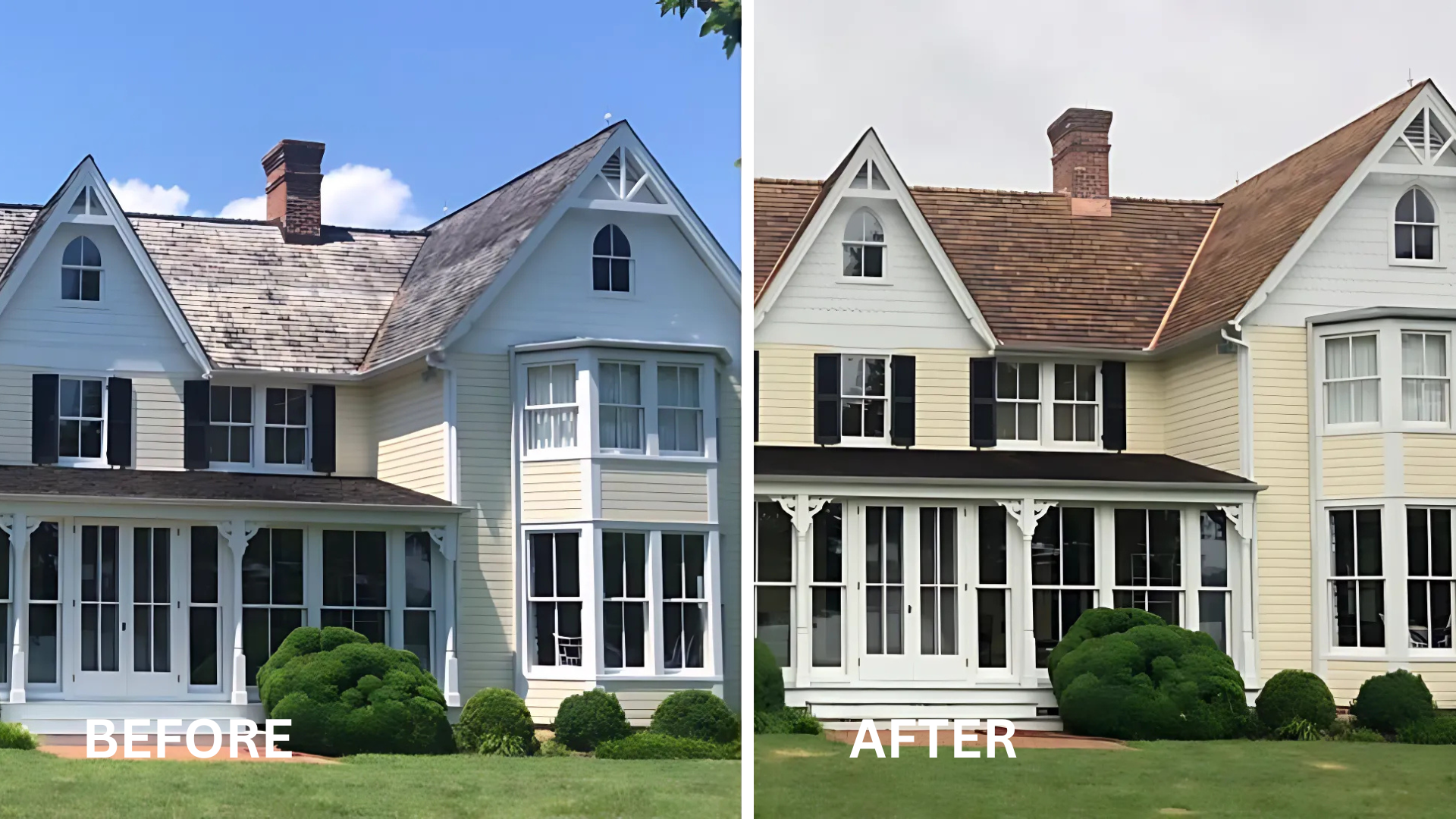
Exterior updates are major investments because they involve structure and protection. A roof replacement often starts around $10,000, while new siding typically begins at $12,000.
Additions are much larger projects and can exceed $50,000. These raise the total home remodel cost significantly but also add valuable square footage and long-term value.
Home Remodel Cost by Room: Quick Look
Every room in your home carries a different price tag when it comes to remodeling. The costs depend on size, finishes, and how much work each space requires.
| Room / Project | Cost Range | Notes |
|---|---|---|
| Kitchen | $15,000 – $60,000+ | Most expensive; includes cabinets, counters, and appliances. High resale value. |
| Bathroom | $7,000 – $50,000+ | Costs vary by finishes; custom tile and tubs raise totals. |
| Bedroom & Living Room | $5,000 – $20,000 | Mostly cosmetic; flooring, lighting, or built-ins. Lower overall cost. |
| Exterior Projects | $10,000 – $50,000+ | Roof and siding at the lower end; additions raise the cost significantly. |
These numbers make it easier to see where your money goes. Knowing the averages helps you set priorities and budget smarter for each space.
How to Estimate Your Remodel Cost
Figuring out your remodel cost starts with research and planning. These simple steps can help you set a realistic budget:
- Use online tools and cost guides: These show average costs in your area and give a good starting point.
- Check room-specific data: Look for breakdowns of kitchens, bathrooms, or whole-home updates so you can compare.
- Get multiple contractor quotes: Prices can vary a lot depending on labor, materials, and location.
- Compare bids carefully: Reviewing several quotes helps you spot problems, avoid overpaying, and confirm fair prices.
- Plan a contingency fund: Set aside 10–20% for hidden repairs, permits, or surprises.
- Keep a cushion: A little extra set aside makes sure your remodel stays on track.
These steps give you a clearer picture of what to expect. With solid estimates in place, you can plan with more confidence.
Planned Budget vs. Final Cost
Most homeowners set a budget before starting a remodel. This usually covers labor, materials, and basic updates.
The final cost often ends up higher. Extra work, hidden issues, and rising prices create the gap.
Planned budgets include things like paint, flooring, and cabinets. Final costs add wiring fixes, plumbing repairs, or permits.
Adding upgrades mid-project also pushes costs up fast. New finishes or extra features can quickly raise totals.
The difference is simple: planned budgets feel controlled, but final costs reflect the real work. A small cushion keeps your remodel realistic.
How to Save on Remodel Costs
There are smart ways to cut costs without losing quality. A few small choices can make a big difference.
- Focus on high-return projects: Kitchens, bathrooms, and curb appeal upgrades add comfort and value.
- Reuse or refresh items: Cabinets, doors, or fixtures can often be painted, repaired, or updated with new handles.
- Choose mid-range materials: Stylish and durable options don’t always mean luxury prices.
- Do small jobs yourself: Painting or light demolition are safe DIY tasks that save on labor.
These steps keep your remodel affordable while still giving you noticeable results.
Financing Your Remodel
Paying for a remodel often takes more than savings alone. Here are a few options to cover costs:
1. Home Equity Line of Credit (HELOC): Lets you borrow against your home’s value as needed. You only pay interest on what you use.
Why it helps: Flexible for projects that get paid in stages, like contractor work or materials.
2. Cash-Out Refinancing: Replaces your current mortgage with a larger one and gives you the difference in cash.
When it makes sense: Best if interest rates are low or if you want to spread payments out over more years.
3. Personal or Home Improvement Loans: Good for smaller projects, and don’t use your home as collateral. Rates are usually higher than HELOCs.
What to check: Compare interest, fees, and repayment terms before borrowing.
The best choice depends on your project size and comfort with repayment. Picking the right option keeps your remodel moving without straining your budget.
ROI: Will a Remodel Pay Off?
Not every remodel brings the same return when you sell your home. Some projects pay back more than others.
Kitchens and bathrooms usually give the best value. Buyers care about these spaces, so updates often raise the price.
Curb appeal projects also pay back well. New siding, fresh paint, or a roof replacement improves both looks and function.
Even if you’re not selling, remodeling is still worth it. The right project adds comfort, improves efficiency, and makes daily living easier.
Final Thoughts
Remodeling is more than just a financial decision; it’s an investment in how you live every day.
Beyond numbers, the right project improves comfort, adds efficiency, and gives your home a refreshed feel that lasts.
Keeping a clear plan, comparing options, and leaving room for surprises can make the process smoother and less stressful.
Remember, your home remodel cost isn’t just about materials or labor; it’s about creating spaces that truly work for you.
So, start planning your next project and keep this guide handy to make every step of your remodel easier.

